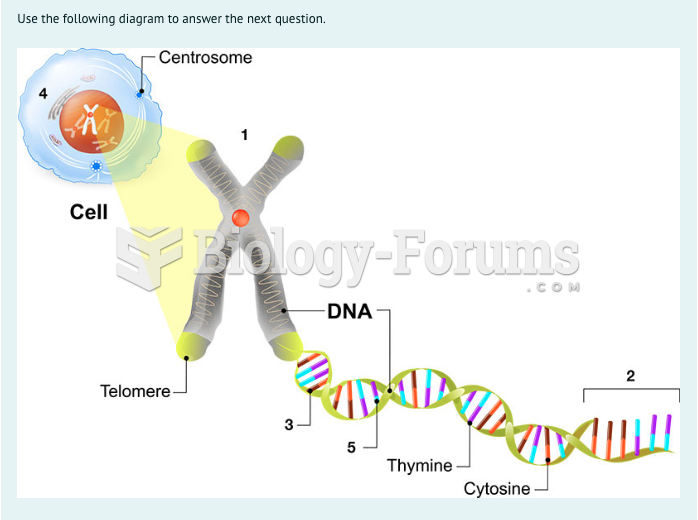Answer to Question 1
In the past 100 years, the nature of work and the composition of the workforce have changed radically in our society. Eight changes seem especially prominent:
(1 ) The increase in white-collar workers
(2 ) The emergence of an employee society
(3 ) Specialization
(4 ) The increase in women in the workforce
(5 ) The emphasis on intrinsic rewards
(6 ) The emphasis on high technology
(7 ) The growth of low-paying jobs
(8 ) Outsourcing in a global factory
Increase in white-collar workers: In colonial times, most people made a living working on small farms, either their own or someone else's. America has since moved from an agricultural economy to a modern industrial economy. In 1900, 27 of the labor force were farm workers, and 18 were white-collar workers. Currently, only about 2 of the labor forces consisted of farming, forestry, and fishing workers, whereas about 60 are white-collar workers. The immense productivity of our industrial system has made it possible for 2 of the workforce to feed all of the nation. Farm workers (farmers, farmhands, and farm managers), once the largest occupational group, are now one of the smallest. White-collar workers (professionals, clerical personnel, sales personnel, managers), once the smallest occupational group, are now the largest. This group surpassed blue-collar workers in terms of numbers in 1956.
Work in industrial societies can be grouped into three categories: primary, secondary, and tertiary. Primary industry is the gathering or extracting of undeveloped natural resources, such as farming, mining, or fishing. Secondary industry involves turning raw materials into manufactured goods, such as processed food, steel, and automobiles. Tertiary industry involves service activities of one kind or another, such as dental care, medical services, automobile maintenance, sales, and pest control. In advanced societies, most workers are employed in service activities, primarily in white-collar jobs. Now, more than 60 of our workforce is employed in tertiary industry. Work in this category is generally cleaner and more pleasant than work in primary and secondary industries.
Emergence of an employee society: No longer are Americans likely to be self-employed, as they generally were in colonial times. Less than 10 of the workforce now classifies themselves as self-employed. A few small-business owners, small family-owned farms, independent shopkeepers, and independent carpenters and artists still remain. But small owner-operated businesses increasingly are finding it difficult to compete against well-organized corporations and businesses. The vast majority of workers are employed by someone else: large corporations, the government, and so forth. Even physicians, who once were largely self-employed as general practitioners, now generally work for a medical clinic or some other organization.
Answer to Question 2
True







